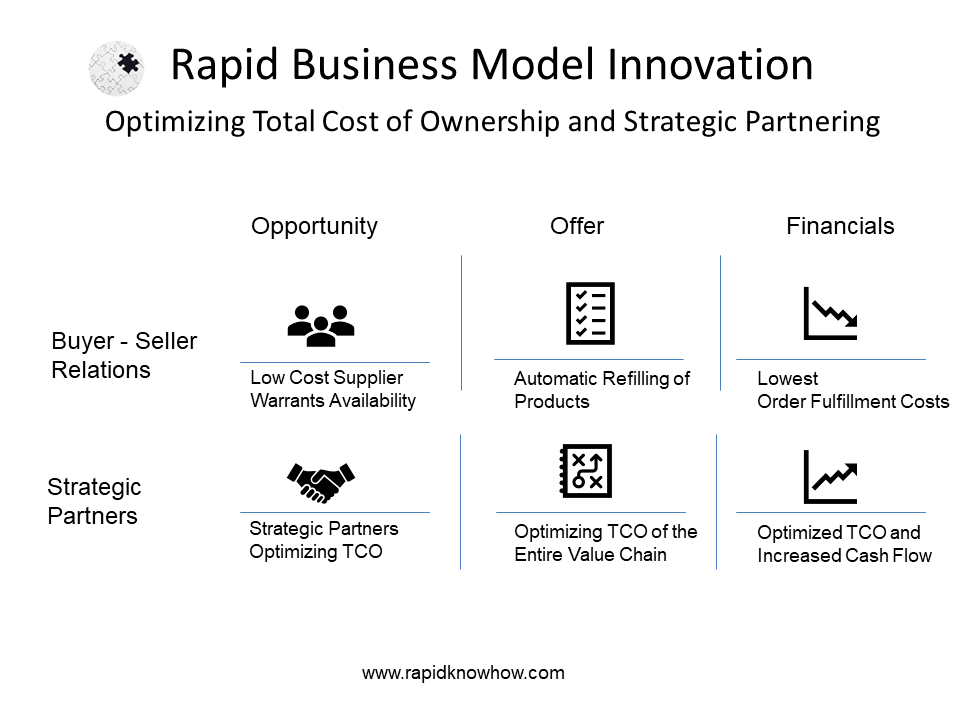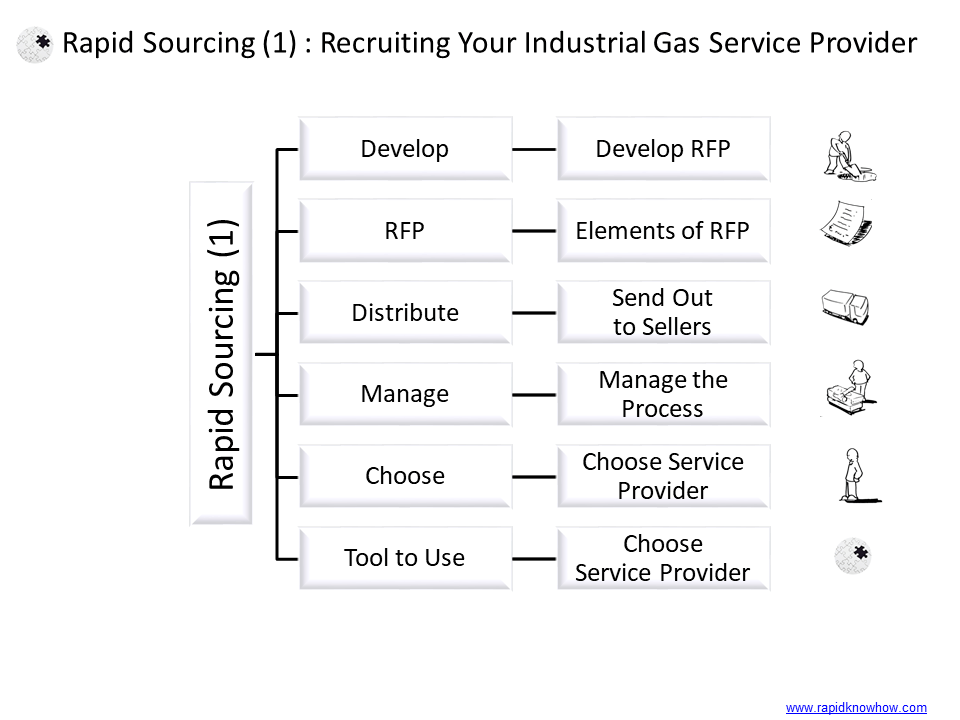Thriving Industrial Gas Supply Chain Leadership
Rapid Strategizing: 9 Steps to Craft Your Rapid Sourcing Strategy Map Rapidly
The Thriving Industrial Gas Supply Chain Leadership framework helps to craft your strategy for optimizing total cost of ownership of the entire industrial gas supply chain and become the supply chain leader of the industrial gas sector.
You want to have a strategic framework for optimizing the total cost of the industrial gas supply chain
That’s why we’ve created this post to help you achieve your goal rapidly. You’ll apply the nine-step framework below. Let’s get started.
[emaillocker id=”14761″]
Business Case: Thriving Industrial Gas Supply Chain Leadership
The business case: Thriving Industrial Gas Supply Chain Leadership shows how you create, deliver and capture value. The reason why we use this business case is to demonstrate how to craft the business strategy step-by-step. Discover the steps below at your convenience:
How to Create and Capture Value
1. Define Your Niche
Who Are Your Customer Segments and Target Clients? Define Your B2B or B2C Sector and Choose your Target Clients within each Sector
Business Case: Thriving Industrial Gas Supply Chain Leadership
End-Users of industrial gases from the manufacturing industry and the process sector ( Chemistry, Metallurgy) thrive the leadership process. Your goal is to choose your primary industrial gas service provider.
2. How to Create Value
What is Your Value PropositionTransfer Your Specific Know-How into a Value Offer Which Solves Urgent Problems of Your Clients Rapidly and Sustainably
Primary industrial gas service suppliers provide the best offer for optimizing the total cost of ownership of the entire industrial gas supply chain.
3. How to Deliver Value
Through which channels you deliver value to your clients Deliver your Value Proposition Through Efficient and Effective Communication, Buyer and Sales Channels
End User customers send out Request for Proposals to industrial gas suppliers.
Industrial gas service providers deliver value in providing a business case on how they optimize the total cost of ownership of the entire industrial gas supply chain.
The key elements of the optimized industrial gas supply chain are automatic refilling – quality control – optimized supply mode – production cost savings from the application of gases – safety, health issues.
4. How to Interact with Your Clients
What relationship each of your customer segment expect Personal or Automated Relationships are Established and Maintained with each Customer Segment and Target Client
End-Use customers organize a bidders conference where the industrial gas suppliers present their service provider business cases.
5. How to Capture Value
For what value are your customers willing to pay. Revenue Streams result from Value Propositions Successfully Delivered to Customers
The primary income source is recurring income streams from the total cost of ownership savings of the entire industrial gas supply chain.
How to Deliver Value
6. Key Asset to Create, Deliver and Capture Value
What is the Key Asset That Helps Create, Deliver and Capture Value? Key Assets Offer and Deliver the Value Proposition Effectively and Efficiently
RapidKnowHow developed a business system on Optimising Total Cost of Ownership (TCO) of the Entire Industrial Gas Supply Chain for End-Use Customer Segments and Industrial Gas Suppliers.
7. Key Activity to Create, Deliver and Capture Value
What are the Key Activities That Help Create, Deliver and Capture Value?
The key activity is the project work to optimize the TCO of the entire industrial gas supply chain.
The Project: Optimising Total Cost of Ownership of the Entire Industrial Gas Supply Chain includes the following phases:
- Establishing the Project Group
- Sending Out Requests for Proposals to Key Suppliers
- Managing the Bidding Process
- Choosing Your Primary Industrial Gas Service Provider
- Closing the Agreement
8. Key Partner Who Helps You Create, Deliver and Capture Value
Who are the Key Partners That Help Create, Deliver and Capture ValueKey Partners Who Offer Breakthrough Strategy and Solutions That Help to Deliver the Value Proposition Competitively to Your Customer Segments and Target Clients
RapidKnowHow offers a license of the business solution along with the coaching of the project group members.
9. Costs to Create, Deliver and Capture Value
What are the Most Important Costs That Make Creating, Managing and Capturing ValueCosts Incurred to Operate the Business Model to Creating, Delivering and Capturing Value.
The most important out of pocket costs are the license fee and the coaching fee.
Rapid Sourcing: 5 Steps to Recruiting Your Industrial Gas Service Provider Rapidly
RapidKnowHow provides a 5 step process for industrial gas end-users to recruit industrial gas service providers rapidly.
[emaillocker id=”14763″]
- Develop RFP
For each service you specify, the bidder will estimate the resources required.
Based on this, the bidder will propose a compensation structure.
A clear RFP helps ensure the bidders’ industrial gas service proposal cost estimates and savings estimates reflect the required level of service. - Design Elements of RFP
RapidKnowHow has found the following broad elements to be essential clearly and systematically describing your industrial gas service requirements:
– The Cover Letter describes the intent of the RFP
– The Introduction describes your company and its industrial gas management program objectives
– The Scope of Work outlines the elements of the industrial gas supply chain covered by the RFP
– The Range of Industrial Gases provides the scope, estimate of the annual volume and cost of industrial gases purchased
– The Performance Metrics are the Key Performance Indicators by which you monitor progress towards your objectives - Send Out RFP to Sellers
With the text of the RFP complete, you’ll determine who should receive the RFP.
Begin your list by naming current suppliers with whom you have had positive experiences.
We suggest you apply these criteria when narrowing down your list:
– Experience providing industrial gas management services
– Financial capability of assuming liability
– Multi-regional presence if you want service at geographically diverse sites - Manage the RFP Process
Once you have send out the RFP, your project team must actively manage the process. Here are the major steps in managing the RFP process:
– Distribute RFPs
– Develop a protocol for responding to inquiries
– Inform affected personnel that RFP is issued
– Convene a bidders conference
– Develop criteria to evaluate the proposals
– Receive proposals
– Evaluate responses
– Obtain approval from top management
– Negotiate the contract - Choose Primary Service Provider
Use your standard procedure to evaluate received RFPs.
Different providers will propose different payment schemes, and your team will need to analyze the implications of each proposal by using RapidKnowHows standardized method for components, weighting, and total weighting.
[/emaillocker]



